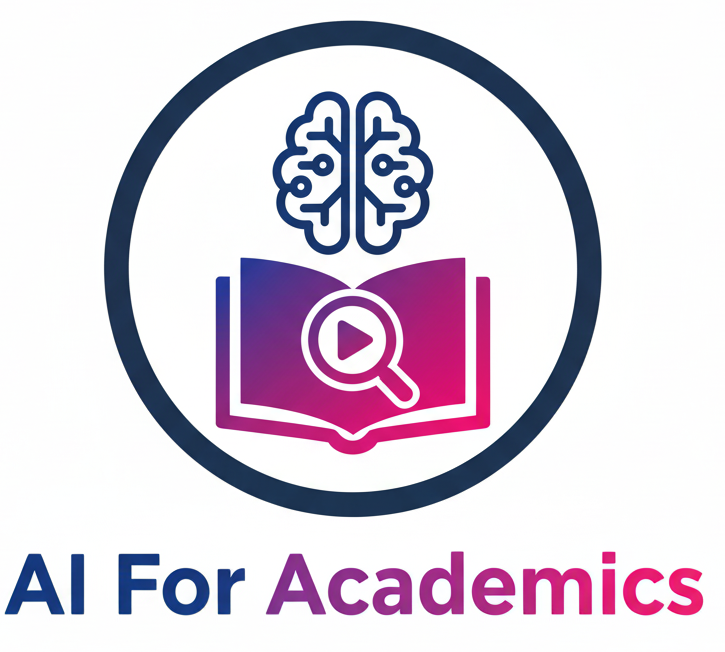For decades, digital tools in the Humanities and Social Sciences (HSS) meant little more than word processing and basic database management. But with the advent of sophisticated AI and Natural Language Processing (NLP), HSS researchers now have the power to analyze data sets previously considered impossible to manage.
This transformation is allowing scholars to move beyond reading and linear analysis to uncover macro-level trends, hidden connections, and complex narratives within vast textual and archival data. AI is not replacing the human intellect in HSS; it is augmenting it, providing a powerful new microscope for qualitative research.
The integration of AI for Humanities research and Social Sciences signals a new frontier for digital research. By embracing these tools, scholars are gaining the capacity to ask bigger questions, manage broader evidence, and deliver deeper, data-driven answers about the human condition.
1. Qualitative Analysis at Scale
The cornerstone of HSS research is deep qualitative analysis, but scaling this process across thousands of documents, transcripts, or historical records is prohibitively time-consuming. AI eliminates this bottleneck.
AI’s Role in Qualitative Research:
- Automated Theme Identification: Tools can ingest large bodies of text and use clustering algorithms to identify recurring themes, concepts, and latent topics that might escape human detection. This is indispensable for large-scale discourse analysis or sociological studies.
- Sentiment Analysis: Analyze public opinion, historical attitudes, or emotional valence across massive corpora (like newspaper archives or social media data) to track changes in sentiment over time or across different groups.
- Entity Recognition: Automatically identify, classify, and extract proper nouns, locations, organizations, and key events, turning unstructured text into structured data that is ready for network mapping and visualization.
2. Unlocking Archival and Historical Datasets
Historians, literary scholars, and anthropologists frequently deal with massive, often fragmented or difficult-to-read archives. AI is making these inaccessible collections viable for modern study.
- Digital Paleography: Specialized machine learning models can be trained to recognize and transcribe difficult historical scripts, including handwriting, severely degraded texts, or non-Latin characters, digitizing material that was previously locked away.
- Network Visualization: By identifying relationships between individuals, institutions, or locations mentioned in primary sources, AI can automatically construct social networks and influence maps, giving researchers a powerful visual tool for understanding complex historical dynamics.
3. Enhancing Digital Pedagogy and Curation
Beyond direct research, AI is fundamentally changing how HSS content is taught and managed.
Interactive Digital History: Tools assist in creating interactive, map-based, or timeline-driven visualizations from data, making complex historical or sociological processes more engaging and easier to digest for students.
Automated Summarization: AI can quickly generate concise summaries of foundational texts or long interviews, helping students grasp core concepts faster and providing researchers with quick overviews of new literature.


AI: The New Frontier for Human Understanding
The integration of AI into the Humanities and Social Sciences signals a new frontier for digital research. By embracing these tools, scholars are gaining the capacity to ask bigger questions, manage broader evidence, and deliver deeper, data-driven answers about the human condition.
Ready to transform your qualitative research? Discover the best AI platforms for discourse analysis, theme identification, and managing large archival datasets in our dedicated AI for Humanities & Social Sciences category today.


Leave a Reply